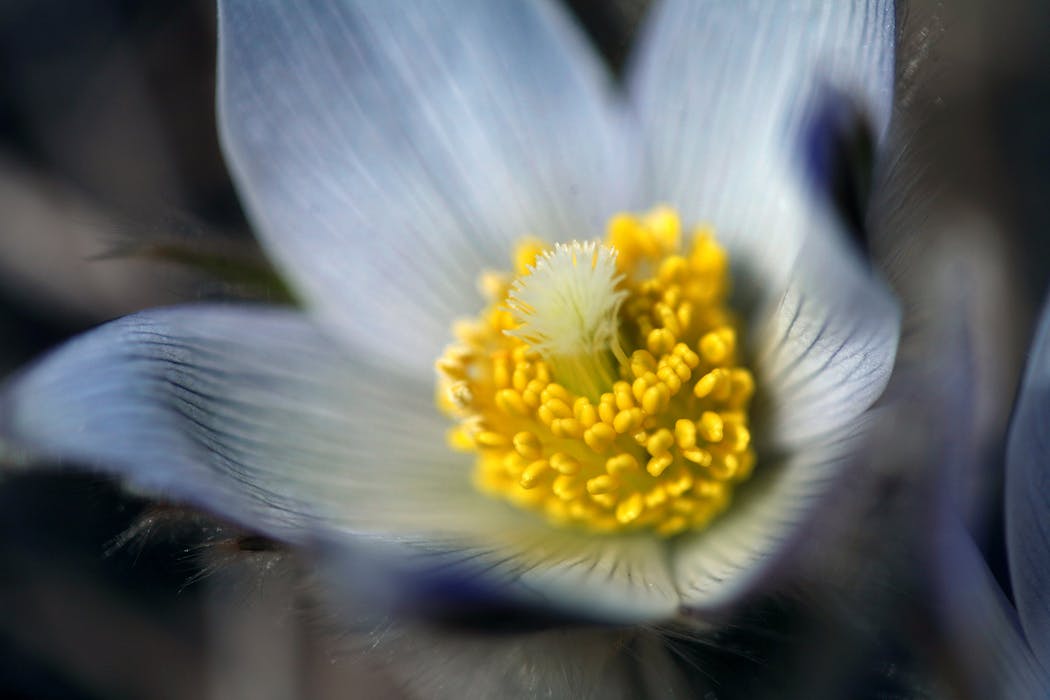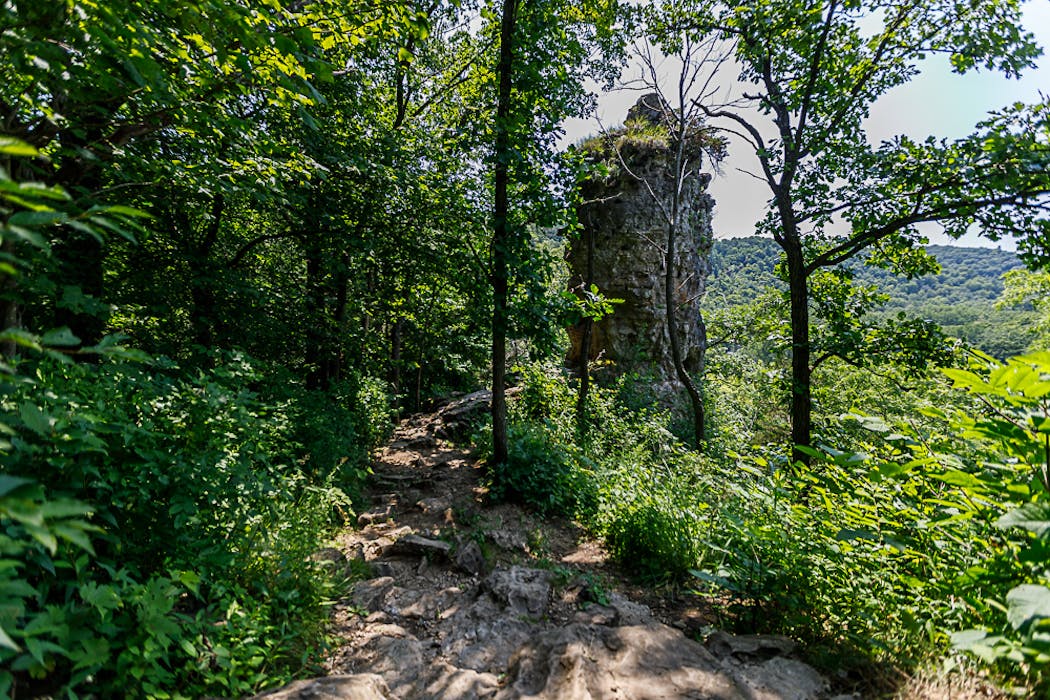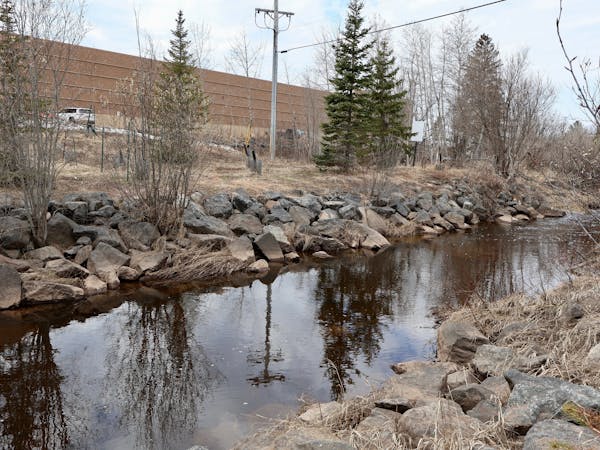The weather perhaps has said "stalled spring," but not for several Minnesotans for whom the outdoors is a vocation and passion. They were asked: What is top of mind for you this spring? Below are their replies:
Tom Watson
Outdoors writer from Appleton, Minn., and author of several guidebooks, including "60 Hikes Within 60 Miles of Minneapolis and St. Paul"
Having spent many adventures in both the Boundary Waters Canoe Area Wilderness of the north and the incredible bluff country of southeastern Minnesota, I remain amazed as spring progresses into summer by the scope of beauty and activity out here on the prairies of western Minnesota, along the Minnesota River Valley.
As one of the premier birding destinations in the state, the area's spring skies explode with scores of bird species literally overnight. Thousands of snow geese (including blue-phase) and Canada geese fill the sky with threads of birds that reach from horizon to horizon. Flocks of pelicans gleam brilliantly in the summer sun as they twist and turn in their aerial ballet above the prairie.
Swans, mergansers, scaups and myriad other waterfowl fill the ponds and estuaries in spring as flocks of red-winged blackbirds and an array of summer songbirds return in droves. The white heads of bald eagle pairs dot their nests high in the super canopy of the prairie cottonwoods.
The vibrancy of the prairie can be seen, heard and felt down every county road, along the banks of each meandering stream and across the expansive band of clear prairie skies. Mother Nature did herself proud when she created these special places throughout the state, and I am forever grateful that the prairies of western Minnesota are one of them.
Angela Grill
Wildlife biologist, Three Rivers Parks District; co-host, "The Wandering Naturalist" podcast
Bursting into spring was a real feeling this year! And what a season to try and put to words, because there is a deep connection between nature renewing itself and how that permeates into our own body, soul and spirit.
As I head out to my favorite spots of the prairie (like Crow-Hassan Park Reserve, west of Rogers) to seek early blooming pasque flowers or put up purple martin houses in hopes of catching that sweet garbling chatter of returning birds from Brazil, I forge a deeper connection with our natural world. We exist together as a part of nature — embrace that awakening to invite springtime into your life. It is nature's annual cycle, shedding and releasing constantly for what is to come next. Finding joy in these early spring signs of calling chorus frogs and migrating common green darner dragonflies allows more than a renewal but complete freedom from the burdens of life.
Crow-Hassan is a great location for peeking at early blooming prairie species. Follow the turf trail to Prairie Lake and enjoy a stop at the picnic tables looking out over the water. Listen for sandhill cranes and trumpeter swans. French Regional Park is located right in Plymouth and the beach area is home to an actively maintained purple martin colony. You might even spot some returning migratory birds along the wooded trails and basking spiny softshell turtles in the lagoon area.
Baker Park Reserve is one of my favorite stops for a wooded hike to spot spring ephemerals along the turf trails and their visiting queen bumblebees as they emerge from their winter slumbers.
Megan Benage
Regional ecologist, Department of Natural Resources, New Ulm, Minn.; co-host, "Prairie Pod" podcast
Spring has finally sprung and I find myself searching for the same thing I look for every year: the pasque flower. Pasque flower is one of the earliest blooming prairie species, and sometimes it blooms so early that you will find it blooming amid melting drifts of snow. Its fuzzy leaves and stems, designed to protect the plant in times of stress, cloak the lined, six-petaled flower. The flower is white sometimes tinged with purple, whispering to the world that the pasque flower knows it's spring.
My favorite spot is either Cambria Wildlife Management Area in Lake Crystal or Ottawa Bluffs Preserve near St. Peter. People interested in joining the pasque flower hunt can either use the DNR recreation compass to find public lands near them, or they can visit our new prairie finder map.
When the pasque flower blooms, I rest easier knowing that the queen bumblebees will have vital nectar and pollen as they emerge from their winter diapause (dormancy). I have a long line of queens that have decided to nest in my flowerbed each year and even though I have worked hard to turn my lawn into many native plant gardens for them, I still find myself worrying I haven't done enough, that there won't be enough food for them this year.
Nothing brings me greater joy than seeing the first large-bodied queen zip across my yard from one pasque flower to the next. It's a small thing, seeing a bumblebee, but no different than the spring migration of birds. For a prairie person, the buzzing flight of the bee heralds the change of season.
Nina Simonowicz
Writer, northshorevisitor.com
On the North Shore, spring is unpunctual. We put away our skis, ice fishing gear and all but one pair of summer long underwear. Anticipation turns to frustration. We become weather martyrs over the fact southern Minnesota has grass. In April! (Full disclosure: I have seen burgeoning lawns, leaf buds and daffodils on my annual "Search for Spring" camping road trip with my husband. Destination: singing birds, sunshine and green grass.)
As the calendar switches to May, talk at the grocery store is all about which lakes went out, which are on the verge and which are holding tight. Stubborn north-facing snow banks act as coolers during walleye opener. But, fresh walleye!
Then spring kicks into overdrive. Spring beauties, Dutchman's breeches and marsh marigold pop. Within a week, drab hillsides become lime-green swaths and we forget the color brown ever existed.
Lengthening daylight plus the latent buildup of energy puts us outside at all hours. Fishing at the crack of dawn, listening to birdsong, hiking to waterfalls, biking along the big lake, cooking over campfires and stargazing. Spring at last. Much better late than never.
Sara Holger
Lead interpretive naturalist, Whitewater State Park; founder, Project Get Outdoors (mnprojectgo.org)
I enjoy observing the early spring wildflowers as they emerge and grow. We get excited at Whitewater State Park when we see the first pasque flowers along Coyote Point Trail and the hepatica and bloodroot poking up along Trout Run Trail. I also love watching the birds return north.
I live in Wabasha and get to see a lot of different birds following the migratory corridor along the Mississippi River. Things kicked off in late March when sandhill cranes returned. A couple of weeks ago, pelicans, swans, geese and a variety of waterfowl arrived. In our yard, we've been seeing bluebirds and phoebes and white-throated sparrows. My dad and I have this tradition every spring where I text him when I see the "first" of each migratory bird species at my feeders and he lets me know when he sees his "firsts" at his feeders in Minnetrista. Usually, within a week of my sightings, he sees them in his yard. It's fun to share the excitement with someone else!

Taylor Pendrith rolls into second-round lead at 3M Open
Coughlin holds into CPKC Women's Open lead; Canadian star Henderson derailed by closing bogeys






